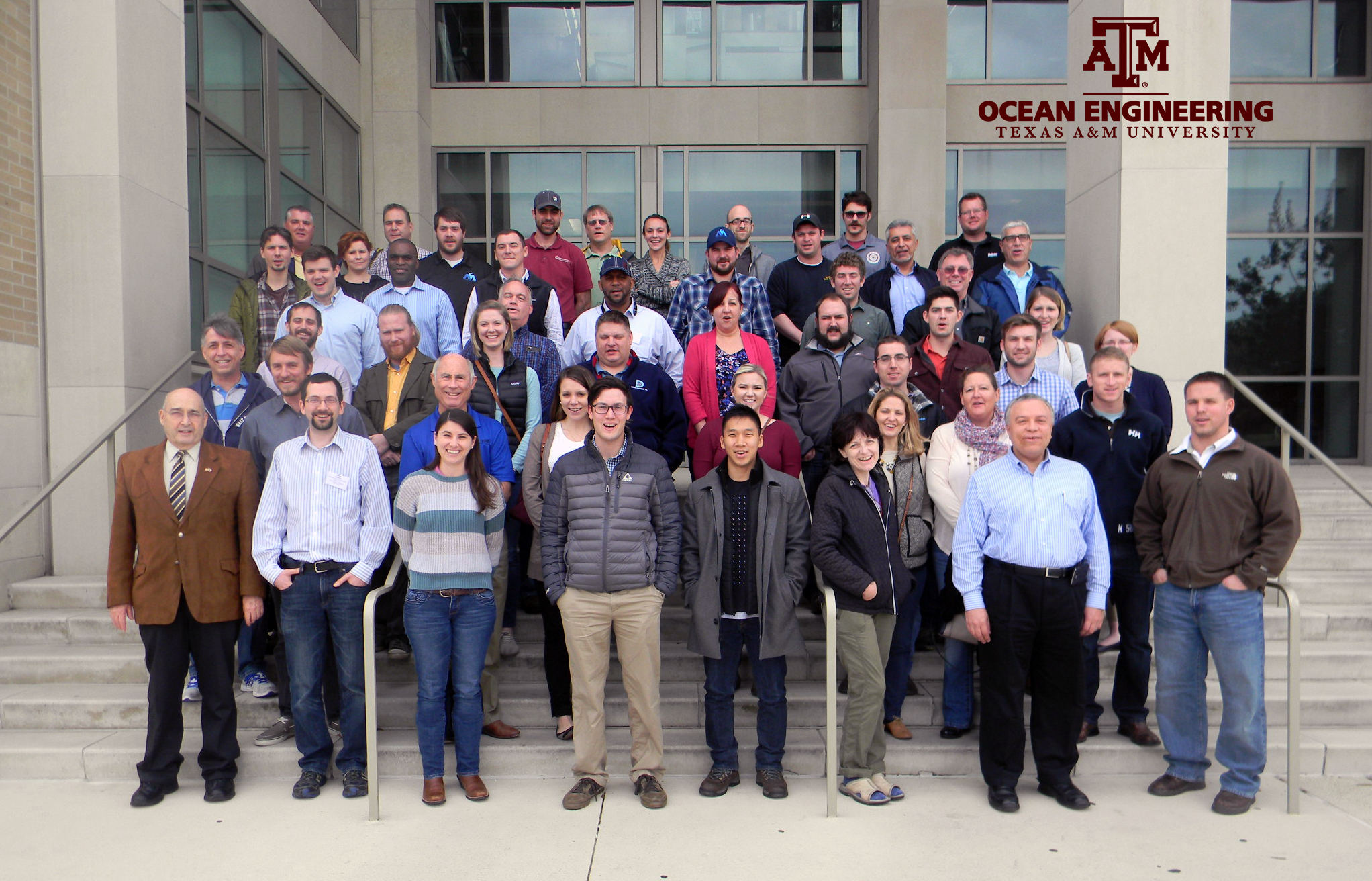
The Department of Ocean Engineering at Texas A&M University recently hosted Dredging Engineering and Cutter Suction Dredge Simulator short courses.
Fifty-seven participants from across the United States and as far as Canada and Brazil attended the weeklong Dredging Engineering short course representing consulting firms, the Corps of Engineers, dredging contractors, ports and state agencies.
Six dredge operators and project engineers from Weeks Marine, Newt Marine, and Dredge Central attended the Cutter Suction Dredge Simulator course.
The dredging course familiarized participants with the fundamentals of dredging, technical aspects of dredging projects, dredged material placement, beneficial use, cost estimating, advance survey, environment laws, contaminated sediment dredging and capping, and various case studies.
The cutter suction dredge simulator course provided the opportunity for dredge operators to operate a computerized dredge simulator that demonstrates the fundamental limitations of a cutter suction dredge.
Dr. Robert Randall, Bauer Professor and director of the Center for Dredging Studies, led the dredging course. Twenty lecturers from academia, consultants, the Corps of Engineers, and dredge contractors assisted him. Peter S. DeJong, president of Digital Automation & Control Systems, Inc., and Randall co-directed the cutter suction dredge simulator course.
A geotechnical and dredging laboratory was part of the short course experience.
“In the early years, the dredging course only addressed dredging fundamentals and dredged material placement options, environmental laws, management and surveying,” said Randall. “In the 1990s, dredging and handling contaminated sediments began to be addressed. Modeling of dredged material placement with computer simulations to demonstrate conformance to environmental regulations were added. We discuss the treatment and separation of dredged material.”
Dr. John B. Hubrich established The Center for Dredging Studies in 1968. In addition to research and industrial testing, the center's activities include teaching university courses and providing annual seminars and short courses concerning advances in dredging engineering technology.
More than 2,000 dredge professionals have participated in the dredging course and approximately 150 have been trained on the dredge simulators.